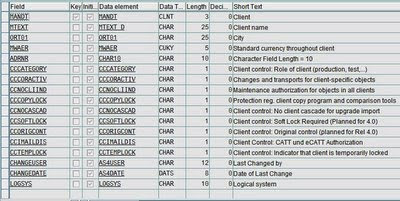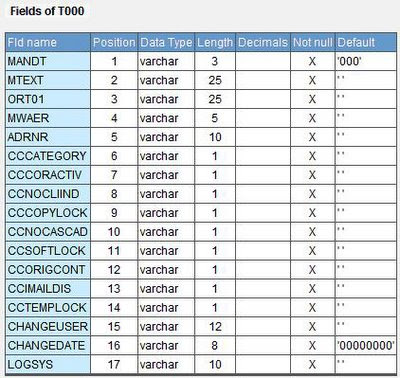Most ERP systems store the configuration, transaction and master data in the database. But SAP has gone one step further and even stores the Program source codes in the database. It’s called SAP Repository. I’ll explain how the programs are being executed by the ABAP processor of the work processes, on a later post.
So as you can see, SAP has to deal with database heavily. As well as SAP has to allow the customer to enhance it’s capabilities, according to the business requirements, which may be done by modifying or creating various database objects such as tables, views and indexes. If SAP allows the customer to directly deal with the underlying database, it may lead to unnecessary problems and even lead the system to an unstable position. As well as it will not be possible to track the changes done to the database.
By taking all those into consideration, SAP has developed its software with a concept of ‘Data dictionary’. You can imagine the data dictionary as a mirror image of the actual database objects, which is part of the SAP itself, where the structures of the database objects such as tables have been replicated. For example every table in the actual database would have a corresponding table structure in the Data dictionary. ABAP programs will deal with the data dictionary objects which intern will connect to the actual database objects. For example if you check the table T000, which stores the client information.
The data dictionary object will look like the image shown below.

The details of same table on the actual database are shown below.

In addition, Data dictionary works like a remote control to the actual database. Developers create the database objects on the data dictionary and activate them; in the background the system will automatically generate the corresponding SQL statements and create the objects on the actual database.
As a strict rule the developers would never create or modify database objects such as tables directly on the actual database, in case if some one has created or modified a database object directly on the database, there is no way that the data dictionary could synchronize with the database object, which will lead to unnecessary problems and may affect the system performance and stability.
We can create objects such as Tables, Structures, Views, Data domains and Data elements on data dictionary. As well as SAP provides various tools to check the consistency between the database and data dictionary objects. I will look at each of those in detail on my future posts.
Please feel free to send me your comments.














Comments (0)
Post a Comment